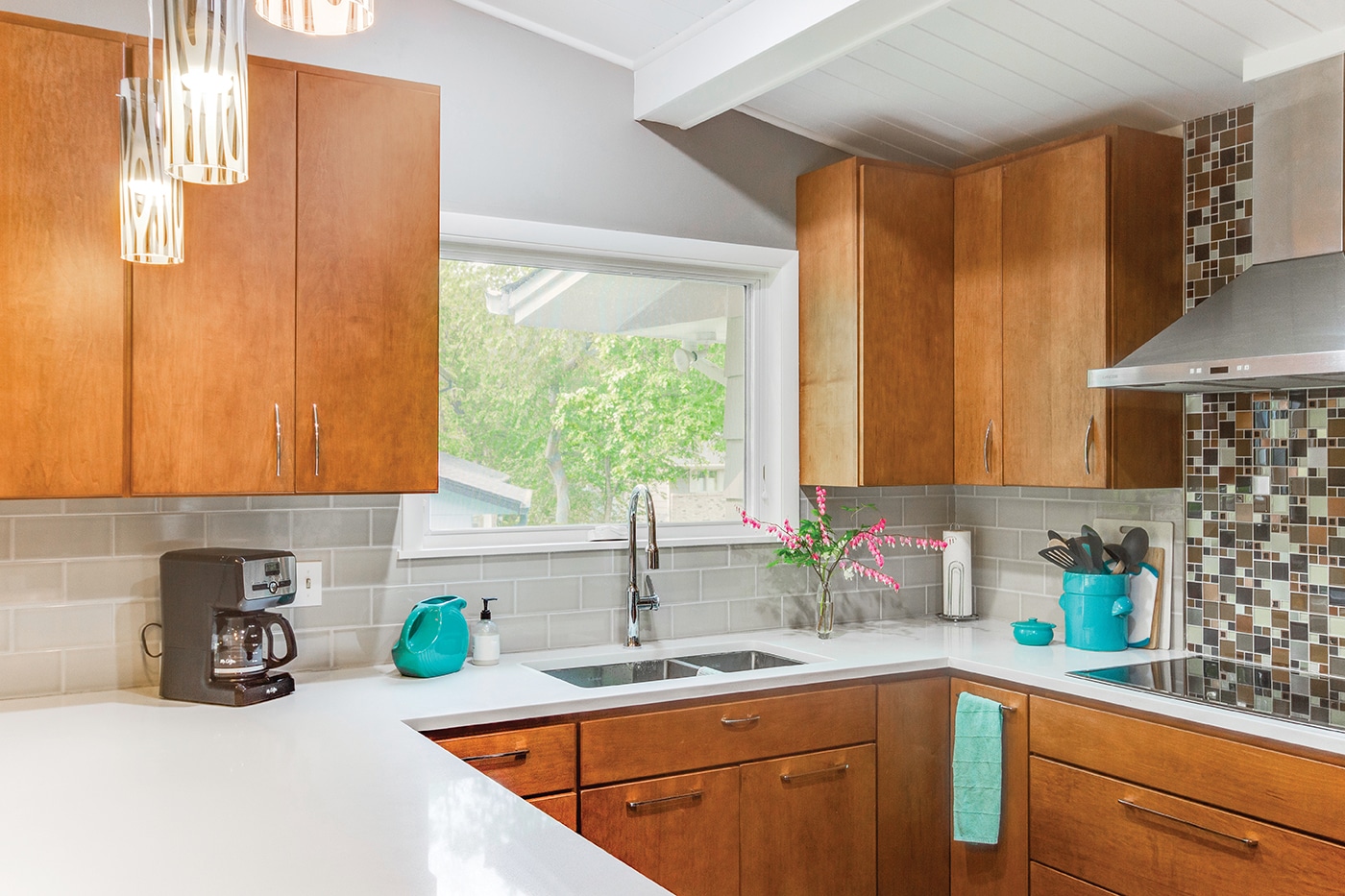Deciding Between Awning & Casement Windows: What’s The Difference?
With so many window styles to choose from, it can be a tricky task to narrow down which type of window works best in your home. Two of the more widely used window styles are casement and awning. Allow us to weigh in on the features, benefits, and drawbacks of each so that the decision you make is a well-informed one.
What’s An Awning Window?
In awning windows, the hinge is located on top, allowing the window to open outward, leaving a compact area beneath both sides of the glass.

What’s A Casement Window?
Casement windows are hinged on the side and have a crank that allows them to open and close the sash by sliding it up and down.
Casement Windows Are Easier To Clean:
Awning windows are tricky to clean from the inside of your house. This is a reason most homeowners limit their installation to the first floor of a home. However, both sides of a casement window can be cleaned from inside the home.

Awning Windows Tend To Have Less Exterior Clearance:
Awning and casement windows both open outward, so it’s important that they are not installed in front of busy exterior walkways. If clearance is a concern, opt for casement windows over awning because they tend to take up less exterior space.

Awning vs. Casement Size Considerations:
In spaces where the wall width is more sizable than the height, awning windows are an excellent option. Casement windows are ideal for rooms where the height is more substantial than the width. Both styles work well in spots that are difficult to reach, such as over the kitchen sink, because their crank device allows for easy operation. It’s worth noting that awning windows tend to be smaller than casement windows.

Unobstructed Views From Casement & Awning Windows:
Because both casement and awning windows are constructed absent of rails and meeting sashes, they both offer picturesque views.
Awning Windows Have A Slight Ventilation Advantage:
Both window types excel at allowing proper ventilation with a space. However, awning windows have a slight advantage because their sash acts as a protective cover, allowing the window to be open when it’s raining without allowing the precipitation indoors.
A Word About Windy Days:
Builder grade casement windows can prove problematic in windy areas. When left open too far, their hinges can be damaged on windy days.
Energy Efficiency In Awning & Casement Windows:
Casement and awning windows are both energy efficient because of their tight seals, allowing them to have excellent air infiltration ratings.
Go Behind the Scenes on a Twin Cities Home Window Installation:
View Window Style Comparison Guides:
For more information about our replacement window services, contact us today. Our team of professionals is ready to serve you.
